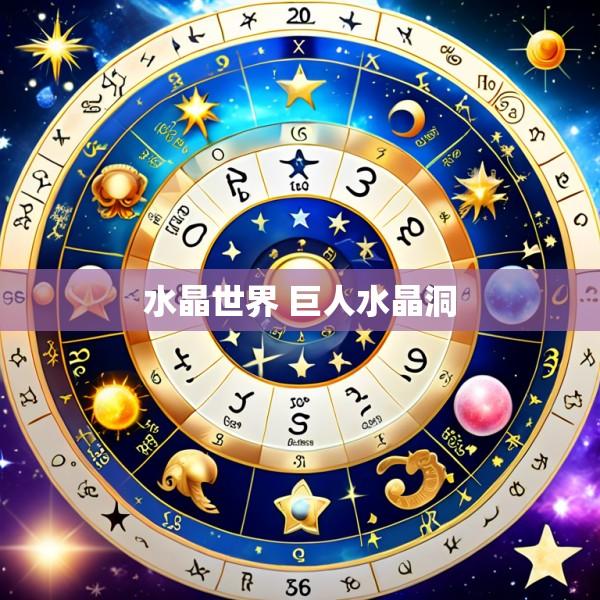The Giant Crystal Cave (Spanish: Cueva de los Cristales), also known as the Cave of Crystals, is a natural underground wonder located 300 meters (980 feet) beneath the surface of the Naica Mine in Chihuahua, Mexico. It is renowned for housing some of the largest natural crystals ever discovered—towering selenite (gypsum) formations that create an otherworldly, shimmering landscape.
Key Features: Giant Selenite Crystals
The cave’s centerpiece is its colossal selenite crystals, which are among the largest natural crystals on Earth. The largest specimen found to date measures 12 meters (39 feet) in length, 4 meters (13 feet) in diameter, and weighs approximately 55 tons. These crystals are renowned for their exceptional transparency and size, with some reaching heights taller than a threestory building. The cave’s main chamber is a horseshoeshaped cavity lined with densely packed crystalline blocks, and massive crystal beams protrude from both the walls and floor, creating a surreal, forestlike environment.

Formation Process
The crystals’ formation is a result of a rare combination of geological conditions over hundreds of thousands of years. The Naica region sits above an ancient magma chamber, which heated groundwater saturated with sulfide ions. Cool, oxygenated surface water contacted this heated water, allowing oxygen to slowly diffuse into the hot water and oxidize the sulfides into sulfates. Gypsum (calcium sulfate dihydrate) crystallized at an extremely slow rate—over at least 500,000 years—due to the stable temperature (around 58°C or 136°F) and high humidity (90–99%) in the cave. This slow process enabled the crystals to grow to their massive size.
Extreme Environment
The Giant Crystal Cave is one of the most inhospitable places on Earth for humans. The air temperature reaches up to 58°C (136°F), and humidity levels hover between 90–99%, creating a stifling, humid atmosphere. Without proper protective gear, humans can only survive inside the cave for about 10 minutes due to heat exhaustion and dehydration. Scientists and explorers must wear specialized refrigerated suits (dubbed "Tolomea suits") and cold breathing systems ("Sinusit respirators") to endure the conditions, which provide only about 30 minutes of safe exploration time.
Discovery and Exploration
The Giant Crystal Cave was accidentally discovered in 2000 by miners excavating a new tunnel for the Industrias Peoles mining company. The miners were drilling through the Naica fault when they uncovered the chamber filled with towering crystals. Prior to this discovery, a *** aller cave known as the Cave of Swords (Cueva de las Espadas) was found in 1910 at a shallower depth (120 meters or 394 feet). The Cave of Swords contains *** aller selenite crystals (up to 1 meter or 3.3 feet long) and is thought to have formed under slightly cooler conditions, which halted further crystal growth.
Scientific Significance and Preservation Challenges
The cave is a treasure trove for scientific research, offering insights into crystal growth processes, extremophile biology, and geochemistry. The Naica Project, a team of international scientists, has conducted extensive studies on the crystals, including uraniumthorium dating to determine their age (approximately 500,000 years) and microbial *** ysis to search for ancient life forms encapsulated in fluid inclusions. However, the cave faces significant preservation challenges. To allow continued exploration, the mining company has been pumping water out of the cave, which exposes the crystals to air and causes them to deteriorate. There is an ongoing debate about whether the cave should be reflooded to preserve the crystals or remain drained for further study—a decision that balances scientific inquiry with conservation efforts.
